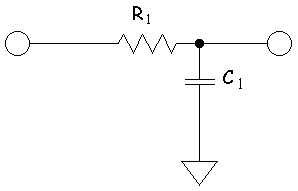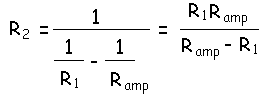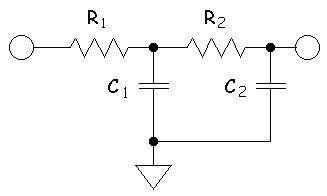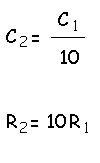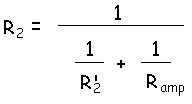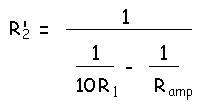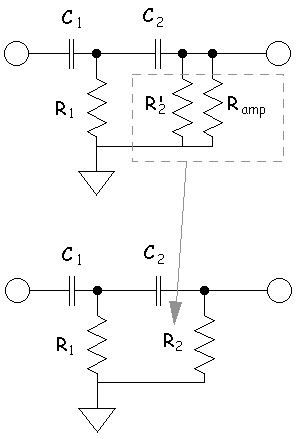| Passive Line-Level
Crossover
This page started from a BASS List post by Peter Rettweiler (and has evolved since then) A spreadsheet to assist in calculating values: PLLXO_Calculator 21-dec-10 |
||||||||||||||||||
|
[ OT Articles | Intro BDS | BaffleStep | BaffleStep Compensation | PLLXO | Sallen-Key | XO Design | DiAural ] |
||||||||||||||||||
|
A passive line-level
crossover (PLLXO) is a very good solution if you don't need circuits that are too
complex circuits and can live with the insertion loss. You'll be rewarded with all
advantages of biamping and you won't need opamps in I'm currently using a 12 dB PLLXO for my satellites and I'm very satisfied. 6 dB filters would look like this, you can cascade them for higher orders, although beyond 2nd order the drawbacks become overwhelming. |
||||||||||||||||||
|
The 12dB version looks much closer to a Linkwitz slope if it looks like this:
|
||||||||||||||||||
|
Art Ludwig discusses PLLXOs
[ Back to T-Line Speaker Page | OT Articles ] [ Intro BDS | BaffleStep | BaffleStep Compensation | PLLXO | Sallen-Key | XO Design | DiAural ]
|
||||||||||||||||||
